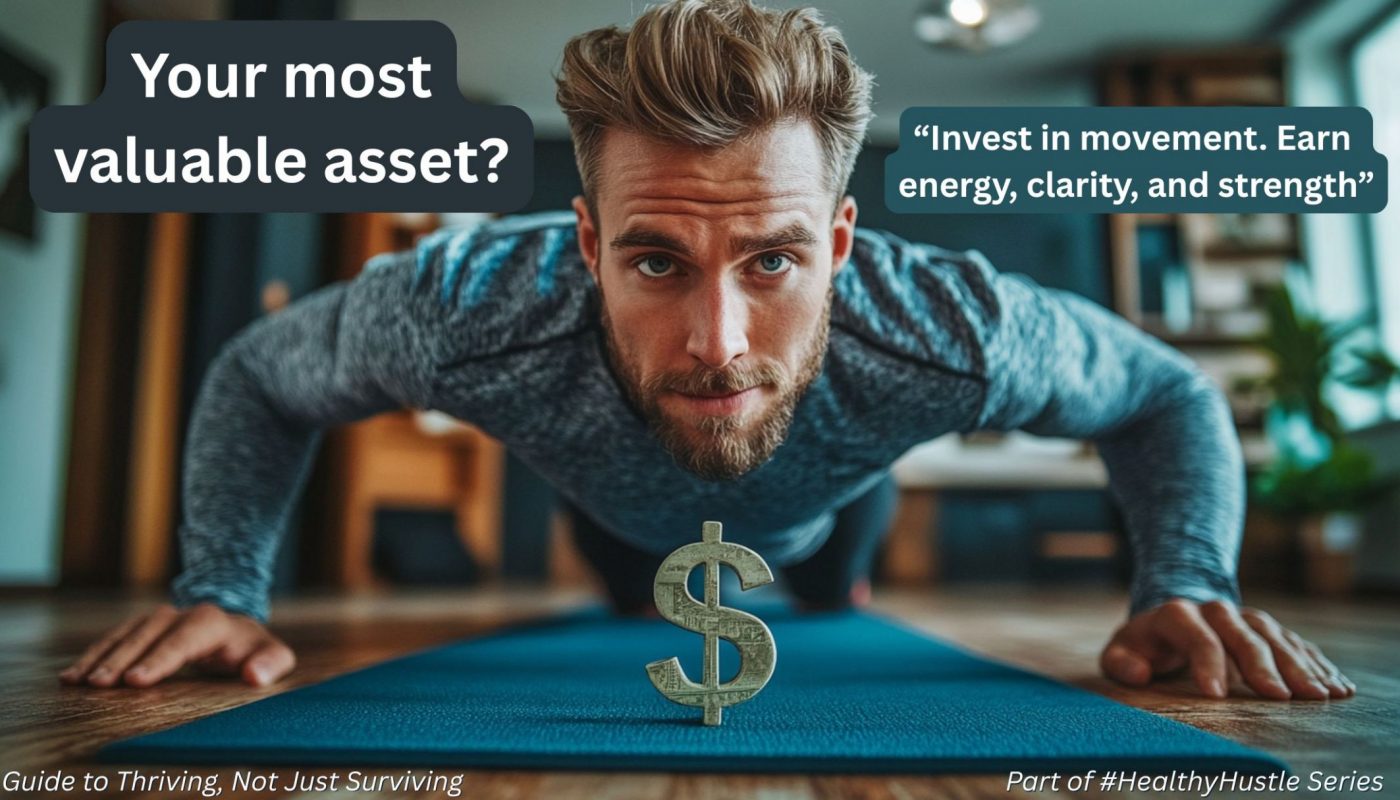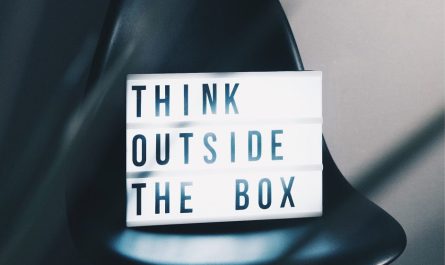Part of the “Healthy Hustle: Guide to Thriving, Not Just Surviving – Inspired by WHO Guidelines” Series
It all started with a stretch.
One evening, I stood tall, reached down to touch my toes – and failed. My legs stayed straight, but my fingers barely passed my knees. Years of education, sitting through lectures, and working behind a desk had taken their toll.
That moment was a turning point. I decided to make movement a part of my life again. I started Taekwondo. I added short home workouts with nothing more than a mat, a towel, and a YouTube video. And slowly, I noticed a shift – not only in my flexibility, but in my overall well-being.
My cosistency secret? I focused on the after-feeling – energised, proud, and mentally clear.
Movement as a Mental Reset
A person who means a lot to me once said: ‘Torture your body – or it will torture you.’ I took that to heart. Even during stressful weeks, I turn to physical activity – not as another item on the to-do list, but as a way to switch off mentally.
This has helped me not only to improve my mood, but also to sleep better (see Post 4 – Sleep Optimization).
“Replacing sedentary time with physical activity of any intensity provides measurable health benefits.”
– WHO Guidelines on Physical Activity and Sedentary Behaviour (2020)

What the WHO Recommends
Adults should aim for:
-
150 – 300 minutes of moderate‑intensity aerobic activity per week or
-
75 – 150 minutes of vigorous‑intensity aerobic activity
-
Plus muscle‑strengthening work for all major muscle groups on ≥ 2 days/week
Examples of what counts:
-
Moderate-intensity: brisk walking, cycling at a casual pace, dancing, casual sports
-
Vigorous-intensity: jogging, dancing, swimming, HIIT workouts, martial arts, uphill hiking
Source: WHO Guidelines on Physical Activity and Sedentary Behaviour, 2020.
From Sedentary Days to Fulfilment
Busy professionals know the struggle: calendars jam‑packed and back‑to‑back meetings. Here micro-movement-habits can be a game changer (see Post 1 – Step Up Your Day).
If we have more time at our disposal we can aim for prolonged movement routines, which allows us to quickly achieve the WHO recommended intensity minutes.
20-30 minutes of structured activity – like a brisk walk, yoga flow, or strength session – can bring clarity, resilience, and energy.
When I compare sedentary days to active ones, the difference is obvious. After sitting all day, I feel sluggish and drained. But when I move – even just a little – my body feels more alive and my mood noticeably improves. We are built to move. Our evolutionary history shows it – and modern life just makes it easy to forget.
Building a Routine That Sticks
If I could give my past self one piece of advice, it would be this:
Choose a movement routine and commit to it for four weeks.
At first, it may feel like effort. But soon, it becomes a habit. And eventually, it becomes a need – a way to invest in your most valuable asset: your health.
Even high-intensity workouts, while physically demanding, have a calming effect afterwards. They help me return to my tasks more focused, more grounded, and less overwhelmed.
Your Turn
Feel free to invest 5 minutes in your most precious asset: your own health. What is your movement routine? Are you achieving the WHO recommended activity minutes? You might try adding one prolonged moving routine or alternatively micro-movement from post 1 into your days. Here are a few practical ideas:
-
A 30-minute home workout using your bodyweight
-
A short jog or a faster walk during your lunch break
-
Calf raises while brushing your teeth or standing at the coffee machine
-
Evening stretching before winding down
What is your movement routine? What helps you to stay active – or what obstacles are getting in the way?
Share your experiences or barriers in the comments – let’s learn from each other.
Continue Your Wellness Journey
Adding movement to your day is a powerful way to boost energy, clarity, and long-term health – but it’s just one piece of the puzzle. Explore the previous posts to further enhance your well-being:
- Post 1: Step Up Your Day – Incorporate simple movements into your routine to boost energy and focus.
- Post 2: Mindfulness Break: Reset Your Focus in 1 Minute – Discover quick mindfulness techniques to alleviate stress.
- Post 3: Smart Nutrition Choices: Fuel Your Workday – Learn about nutritious options to sustain energy throughout the day.
- Post 4: Sleep Optimization: Rest for Peak Performance – Uncover science-backed strategies to improve your sleep and unlock better mental clarity and productivity.
Hashtags: #HealthyHustle #YourBodyYourAsset #MoveMoreFeelBetter #ActiveLiving #CalendarWellness #WHORecommendations #WorkdayWellness #ThrivingNotSurviving



